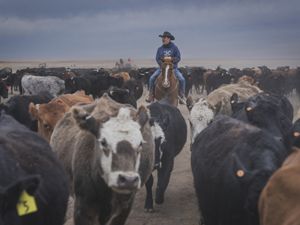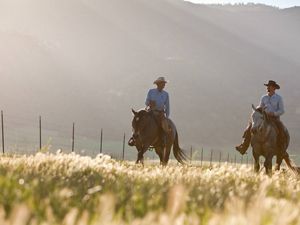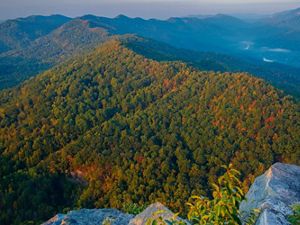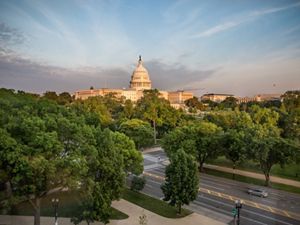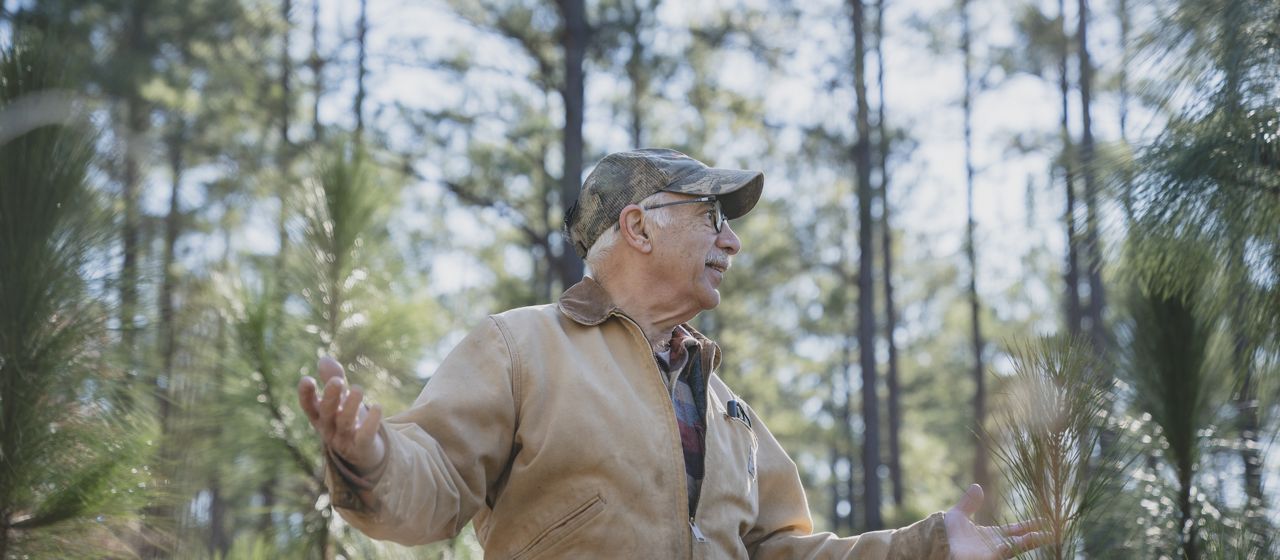
Restoring the Longleaf Pine Salem Saloom stands within a grove of young longleaf pine that he has planted amongst mature loblolly pine. © Morgan Heim
On a cold, sunny morning in the Alabama pines, Dr. Salem Saloom looks at the beginning of life.
He sees the tiny longleaf pine saplings he planted last year. They barely rise above his toes. But he can envision that, several decades from now, they will tower over the people who walk these woods after he is gone, much like the behemoth loblolly pines he planted nearly four decades ago do now.
For the semi-retired physician and Episcopalian priest-in-training, it's a reflection of the divine.
Quote: Dr. Salem Saloom
Your actions shape your faith. The more you're involved with the land, the more you’re involved with stewardship and conservation.
“Your actions shape your faith,” he reflects with a smile. “So, the more you're involved with the land, the more you're involved with stewardship and conservation, and the more you can see the divine in everything living.”
Saloom’s entre to land conservation was in 1983, when he bought 160 acres of land near Evergreen, Ala. At first, it was a place to hunt and a respite from his busy surgical practice in nearby Brewton.
It didn’t take him long to realize he wanted to do more than hunt there. He and his son Patrick—then just a few years old—began planting trees. The land that had previously been used for growing peanuts and corn was planted with pine trees as a way to both mitigate soil erosion and flooding on the property and return the landscape to its historic roots.
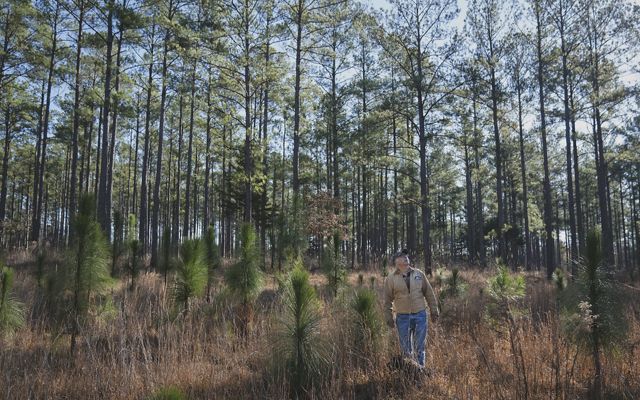
Saloom stands within a grove of young longleaf pine that he has planted amongst mature loblolly pine. Loblolly has been a common tree in tree farms, but it's not able to withstand the storm forces that endangered and native longleaf pine can. In this grove, Saloom knows he'll need to cut the loblolly trees down because diseases are overtaking the species. The cut will make room for more longleaf plantings.
The process of converting his property with forests was slow but steady, as was Saloom's growing interest in forestry. He learned how to grow and take care of trees, including how to do prescribed fires on his land. He loved forestry so much that he and his wife, Dianne, acquired about 2,000 more acres over the next 15 years through 11 separate transactions. The farm eventually became recognized as one of the best in the area, earning Family Tree Farm of the Year at the regional, state and national levels.
Then came Ivan.
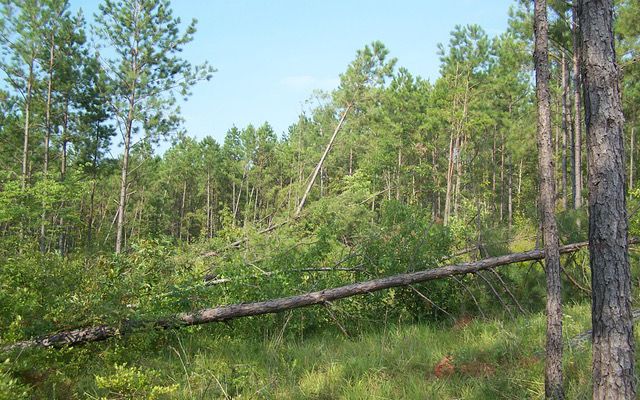
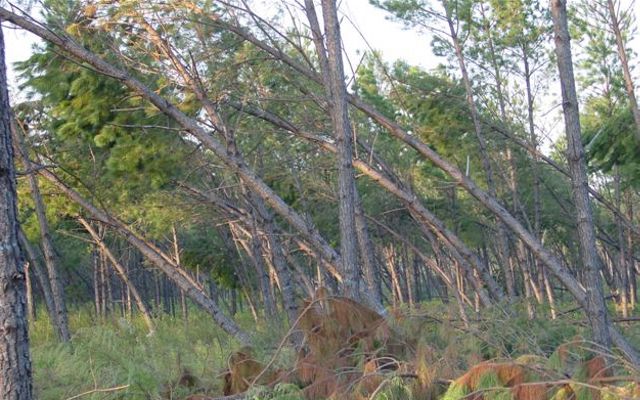
In 2004, Hurricane Ivan slammed into the Gulf Coast as a Category Three storm. It inflicted severe damage throughout the region, including in his town, more than 90 miles from where the storm made landfall. It devastated the farm, knocking down a quarter-million dollars’ worth of timber, mostly the fast-growing loblolly species. It took five months to clear out the debris from the storm. Once that was done, the next task was to figure out what would go in its place.
“Over time and getting used to that grief and that sorrow and working through that, we decided to make lemonade out of lemons,” says Saloom. “The Farm Bill program was part of that."
Longleaf is a more storm-resilient pine species than loblolly, and it plays a critical role in southeastern ecosystems within its native range. But because longleaf grows slower, comparatively, loblolly was the species most widely planted in the region well into the early 20th century to address the surge in demand for lumber and wood fiber.

Take Action Now
Tell Congress to pass a Farm Bill that supports conservation and communities.
Add Your NameTo get help in restoring his land with longleaf, he reached out to the local office of the Natural Resources Conservation Service (NRCS)—a federal agency under the U.S. Department of Agriculture (USDA). The agency runs the Farm Bill-funded Environmental Quality Incentives Program (EQIP). A popular Farm Bill program and NRCS’ flagship cost-share initiative, EQIP helps farmers, ranchers and forest landowners integrate conservation practices into working lands.
He applied for and received funding and technical assistance from EQIP in 2006. Since that initial investment, he’s planted 1,100 acres of longleaf on his farm. Saloom said that decision pays dividends, not just for his farm but also for society, helping support jobs and so much more.
Quote: Salem Saloom
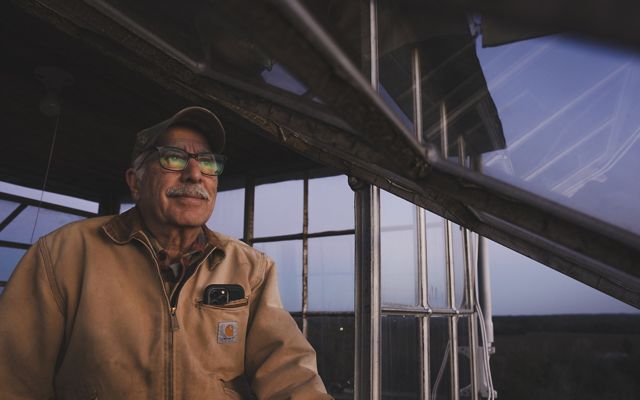
Society overall... doesn’t understand the work this Farm Bill program helps.
“What people don't understand across the board is the value that this tree farm and all [other tree farms] have for all of society: the clean air, clean water, the recreational values,” he says. “People can come and hunt and be part of the outdoors and [enjoy] the aesthetic value and the spiritual value. Society overall takes it for granted. It doesn’t understand the work this Farm Bill program helps. It's helped all of society.”
Coursing down deep, winding curves of his farm in a 25-year-old pickup truck, Saloom points to different stands of trees, some just a few years old, others due for prescribed burns and others that were just harvested.
In each of these stands, he sees how the landscape has evolved. Gopher tortoises live there, as evidenced by the white sticks that mark their burrows. Dead longleaf and loblolly pines bare of needles are left standing to become bird habitats. Streams flow clear of sediment, thanks to diversions built into the 18 miles of roads across the farm.
Restoring Longleaf Pine
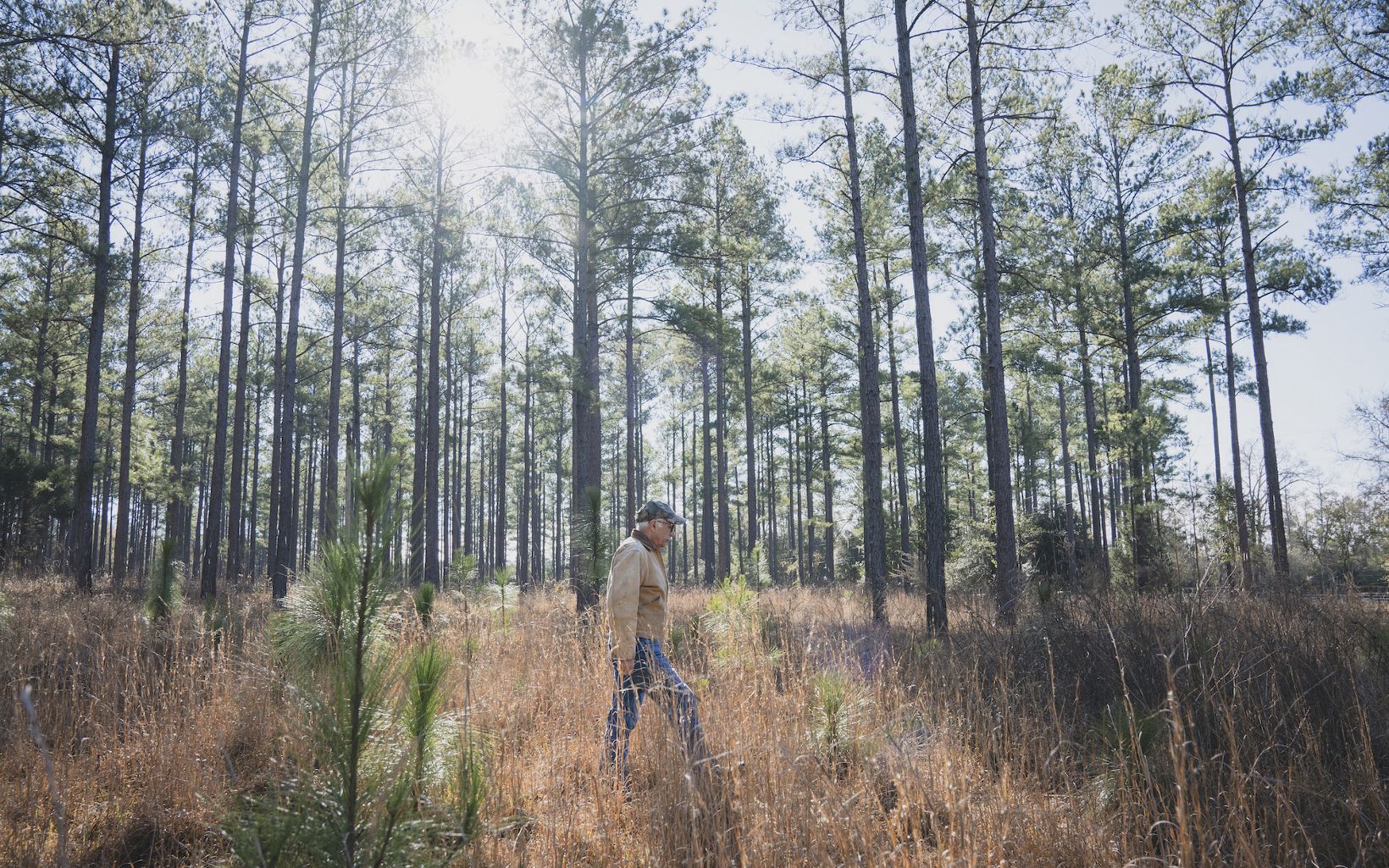
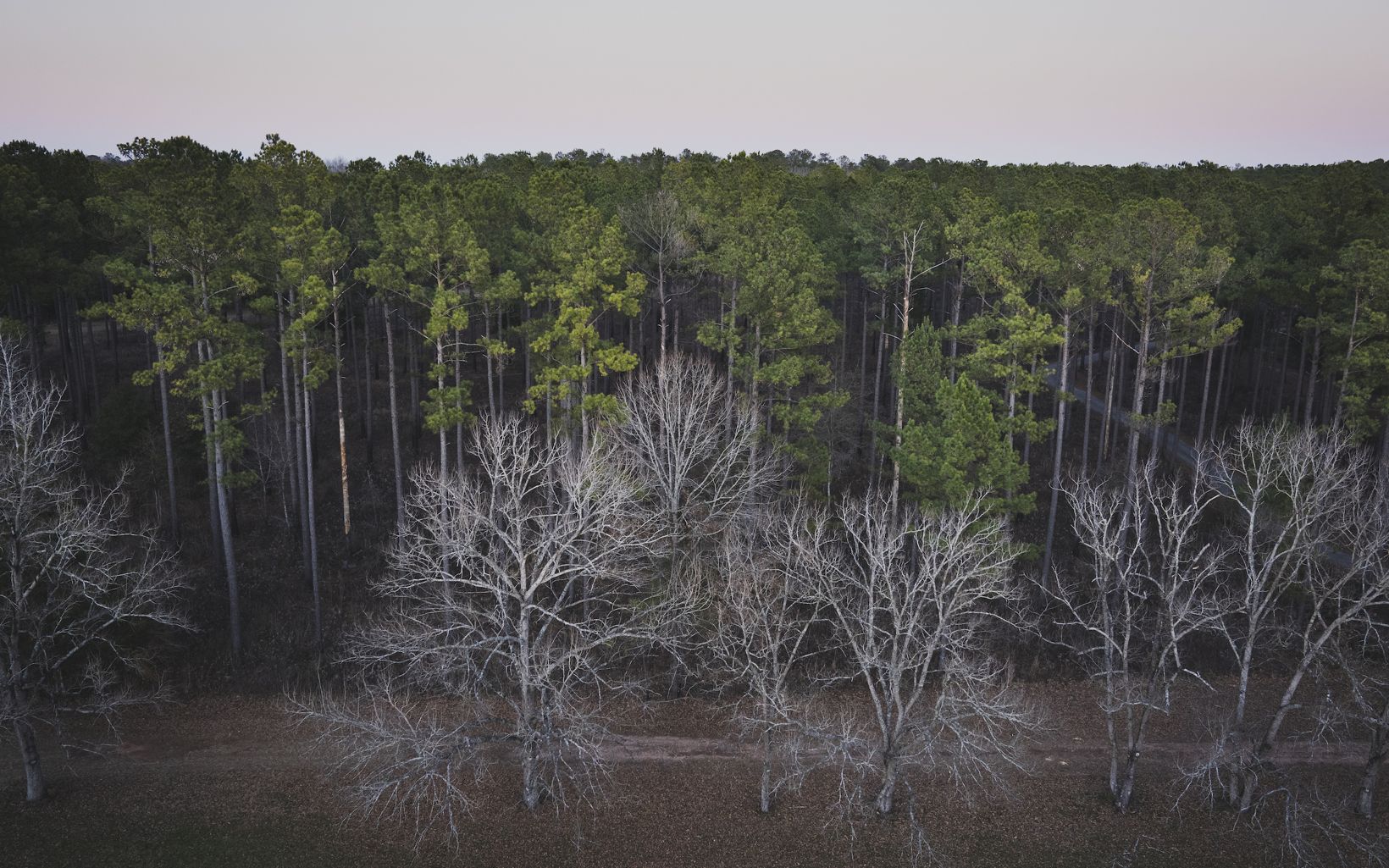
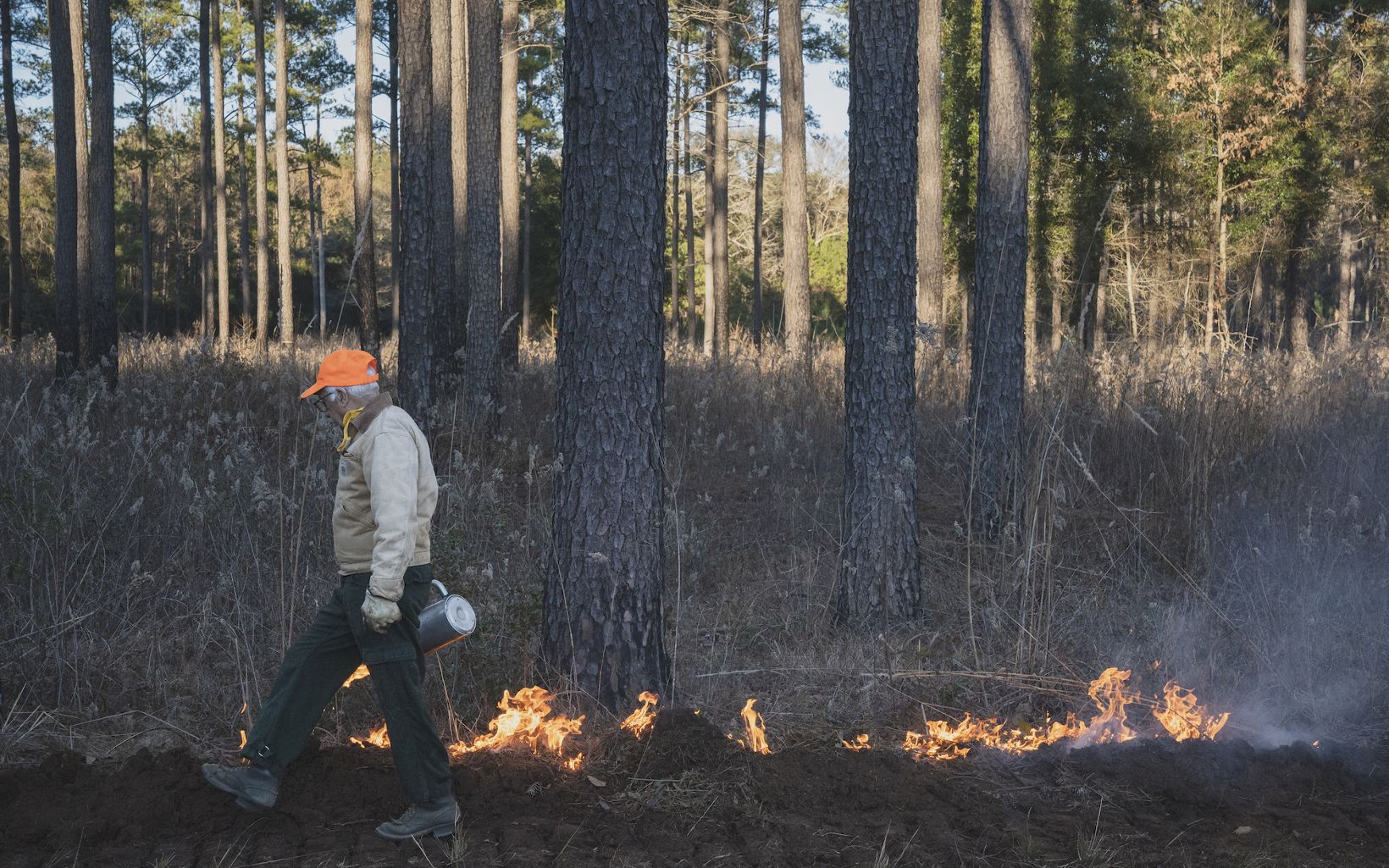
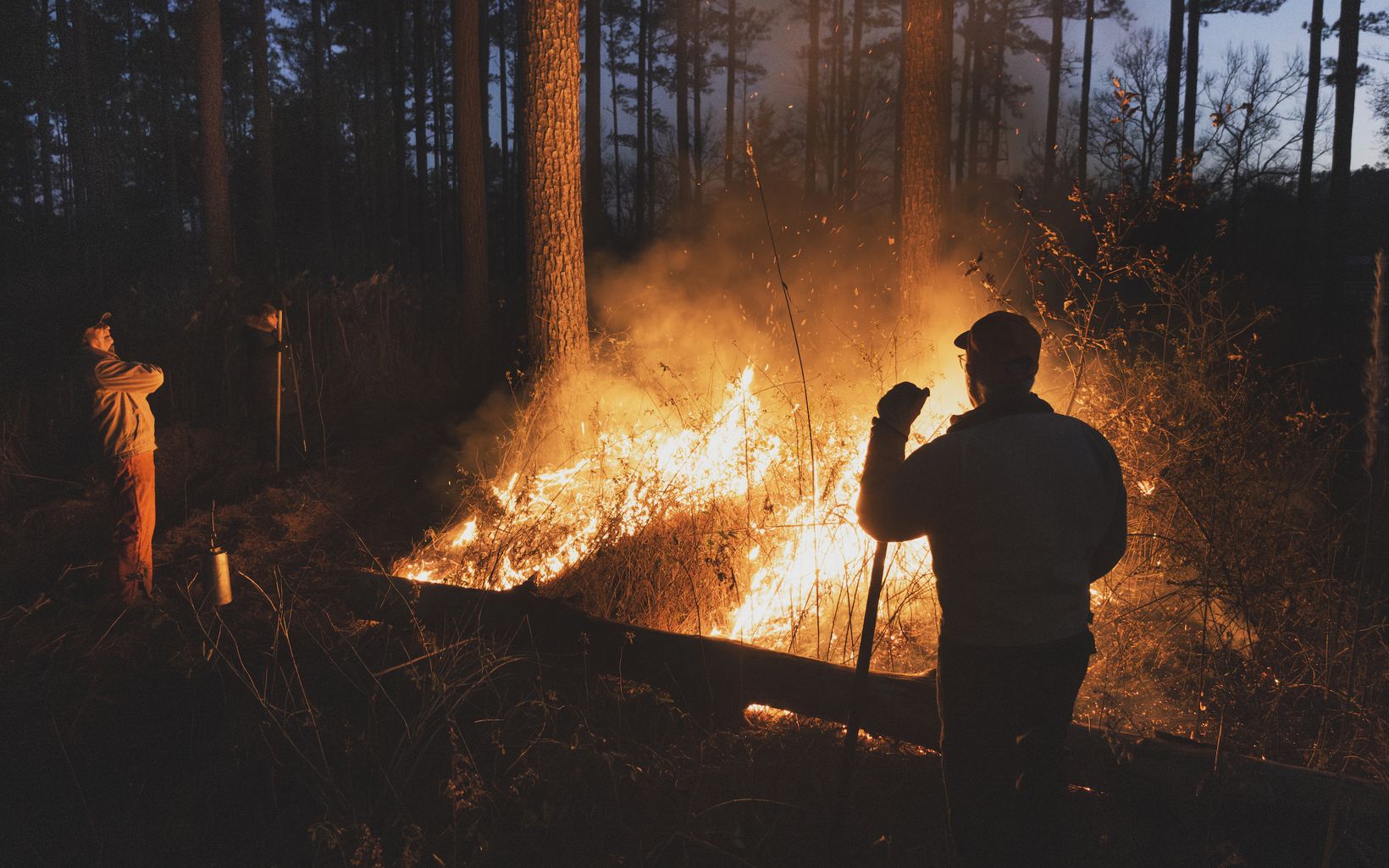
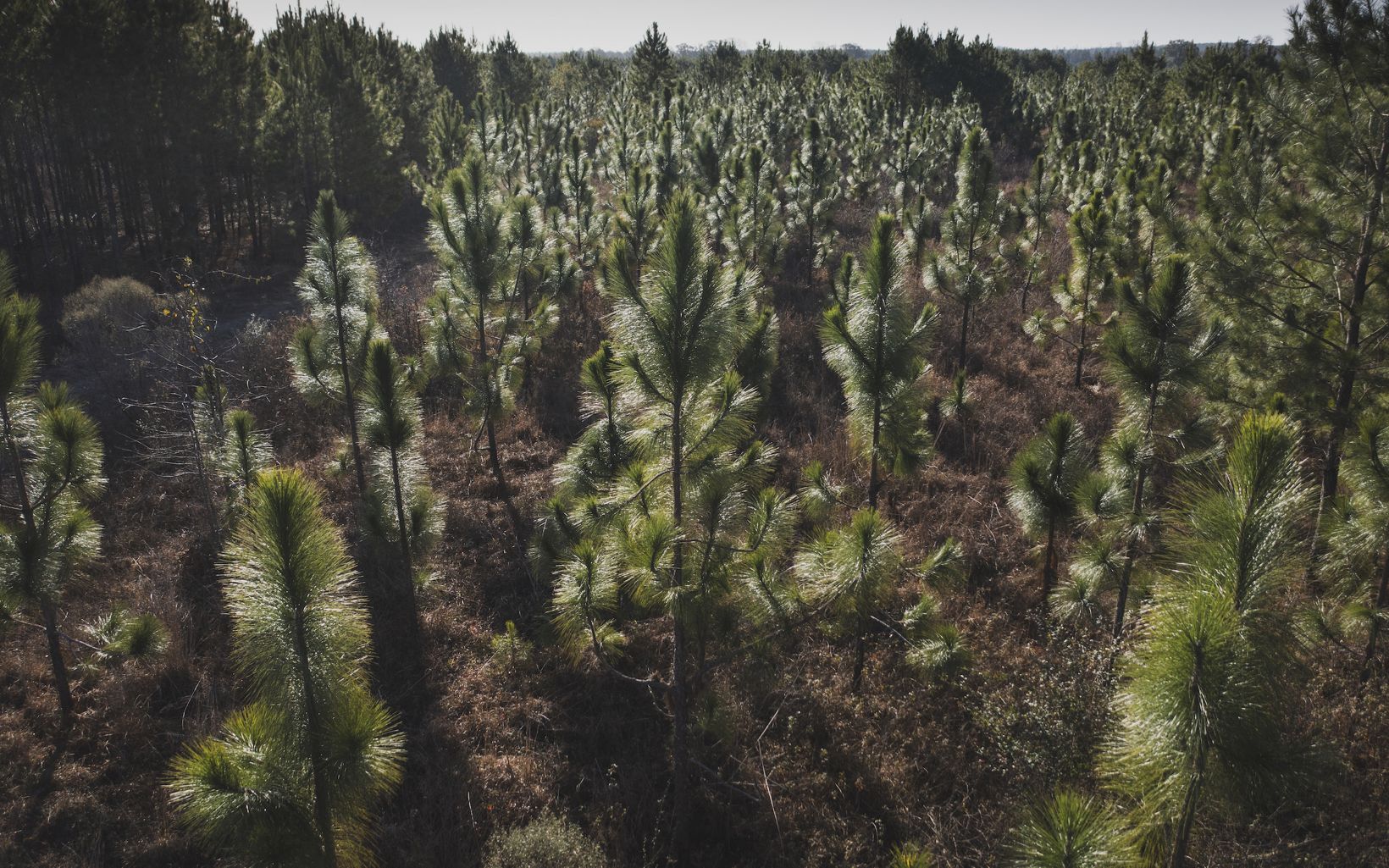





It’s a story of restoration, made possible by decades of care. But the newest addition to his property, just a few yards from the first stand of trees he planted, tells a different story.
The parcel, which contains an abandoned cemetery with headstones dating back to the 18th century, is a knotted, overgrown grove filled with invasive species and devoid of viable timber. The land had not been cared for by the people he bought it from—a family that had inherited it.
It’s an example of the more than 60% of U.S. farms expected to transition to the next generation over the next decade. Many of those who inherit those lands would rather sell.
Saloom recognizes he is one of the fortunate few who does not need to rely on Farm Bill funding to create and manage a healthy forest. That is why it is critical, he says, for Congress to pass an ambitious Farm Bill that invests more in helping people be good stewards of the land they own. He has a simple message for lawmakers: “Don't make your own decisions without good information. Listen to your landowners. Listen to those on-the-ground agencies that are involved with the landowners. Listen to them.”
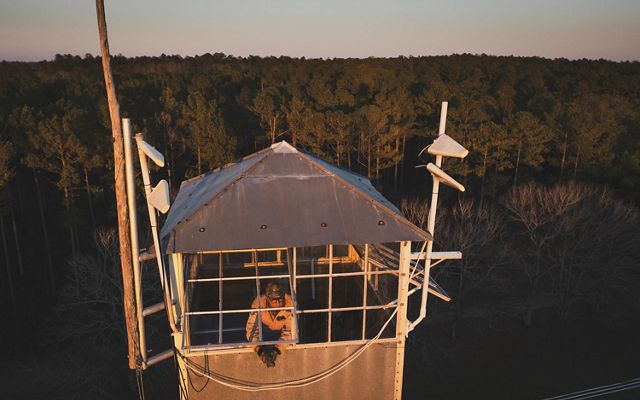
He’s planning to clear the newest addition to his property and replant it. He’s also working to enroll this parcel in a USDA program enacted by the last Farm Bill, a carbon credit program that will allow producers like Saloom to engage with the carbon credit market.
It’s a first for his farm but another sign of the transition it’s in. That first stand of loblolly he planted has reached the end of its lifespan. Some will stay up, but most will be logged down soon.
Far in the future, he envisions his tree farm becoming a naturally regenerating longleaf pine forest more akin to the ones that thrived there for millennia.
“It’s never been work for me,” he reflects. “It goes beyond work.”
Speak Up for Nature
Support Farm Bill Conservation Programs
The Farm Bill offers a critical lifeline to farmers, ranchers and forest landowners who are interested in conserving and managing their farmlands, grasslands and forests at a time when we’re losing millions of acres of natural lands to development each year. Tell Congress: pass a Farm Bill that supports conservation.

